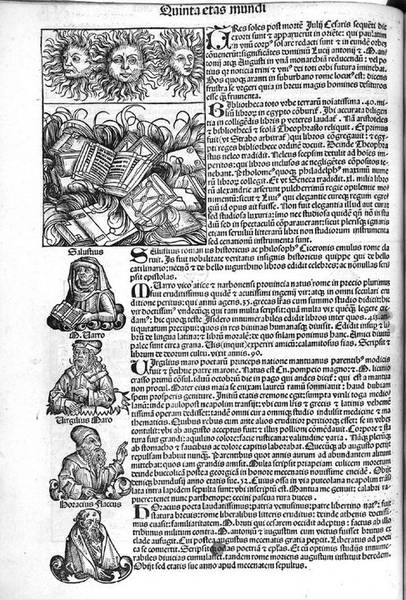
The Warburg Institute Iconographic Database contains digitized images from the Institute’s Photographic Collection and Library. The material for which the Warburg Institute holds the copyrights is licensed under a Creative Commons Attribution-Non Commercial 3.0 Unported License.
The database is a work-in-progress and the holdings of the collection are being digitized per section. The first section to be completed is our selection of photos from astronomical and astrological manuscripts from the Middle Ages and Renaissance (look under ‘Magic & Science: Astronomy and Astrology‘ or search for ‘astronomy’).
At present time project members are entering the contents of the Gods & Myths section (some 40,000 photos of subjects from classical mythology), a project generously sponsored by the Dean’s Development Fund of the School of Advanced Studies (University of London) with an anticipated completion date of September 2013.


![NLM | Cycle of Life for an AIDS free future [artwork by] Zane Saunders](http://ihm2.nlm.nih.gov/MediaManager/srvr?mediafile=/Size2/D1021/c-01884.jpg&userid=3&username=nlmadmin&resolution=2&servertype=JVA&cid=1&iid=NLMNLM&vcid=NA&usergroup=Images_from_the_History_of_Medicine-1-Admin&profileid=1)








